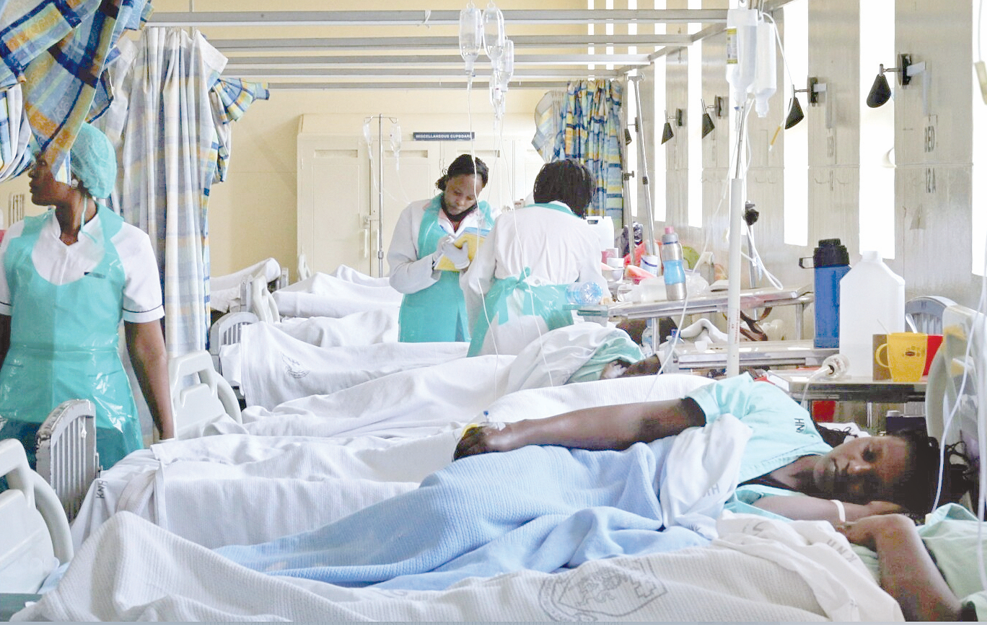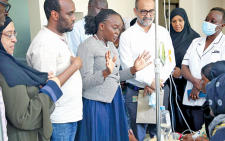Many of us are aware of a patient who was discharged from hospital with all indications of a full recovery, only to deteriorate after a few days at home, leading to rehospitalisation or even death.
Such cases range from mothers that have undergone caesarean sections contracting debilitating sepsis to children that are recovering from broken limbs falling again and shattering their healing bones. Similar situations have been noted of outpatient patients, who either forget to take their medication or take them in wrong combinations.
Indeed, patient safety, especially in outpatient conditions is one of the less-regarded aspects of patient care, but one that quite often leads to unwarranted pain and expenses. This is despite harm that occurs beyond medical settings being preventable, according to the World Health Organisation, which notes that over 50 percent of the anguish in outpatient and inpatient settings can be avoided.
It is important to note that nearly three million people die globally every year due to unsafe care. As we celebrate World Patient Safety Day, I will highlight some of the approaches that healthcare providers and the general public can take to enhance outpatient safety.
The first step in patient care and safety is proper and timely diagnosis. From the moment a patient starts complaining of feeling unwell, it is important that they are properly monitored by, among other methods, checking their vital signs against optimum conditions. This review may start at home or be fast-tracked to hospital settings, depending on the perceived severity. No symptom should, however, be disregarded, and whenever the persons around the patient are not equipped to conduct proper tests, it is highly recommended that they quickly seek professional support.
Remember that patient monitoring by non-professionals should only be conducted as hospital care is sought. With medical equipment easily accessible nowadays, it is not uncommon to see people carry out self-diagnosis, and then rely on information from the internet to decipher the condition and even prescribe medication. This is in a bid to cut costs related to doctors’ fees or other expenses involved in accessing professional medical services.
This approach is highly discouraged as it often ends up creating delays that worsen the situation, or introduces new challenges as a result of improper drug use and/or combinations. Self-medication with antibiotics, for instance, has been associated with antimicrobial resistance, which currently accounts for over 700,000 deaths globally.
The second step of caring for outpatients comes when they are released to recover at home. In hospitals, where patients are safe in the hands of professional healthcare givers, it is expected that they will receive appropriate and rapid support. The sanitary conditions of healthcare facilities and the constant availability of doctors and nurses further allow for a heightened level of patient safety that may not be available at home.
With this realisation, once the patient is discharged, it is imperative that healthcare givers adequately educate them and their next caregivers on their illnesses, medications and recovery processes. The ultimate goal is to ensure that patients and their at-home care givers fully understand all directives and the importance of adhering to them. Recommended techniques for this induction include ‘teach-back’, where both patients and care givers demonstrate their understanding of instructions by repeating the guidelines provided. Another technique is ‘double-check’, which is fundamentally the healthcare provider giving the patient and their next caregivers the option to reach out at any time for advice and further tests.
Finally, back at home, the patient and their caregivers must be keen to implement all the post-treatment care as advised. It is important to keep the lines of consultation with doctors open, and continually report progress or the lack of it. This is because greater and faster recovery hinges on the capacity of the patient and medical service providers to work as a team.

















